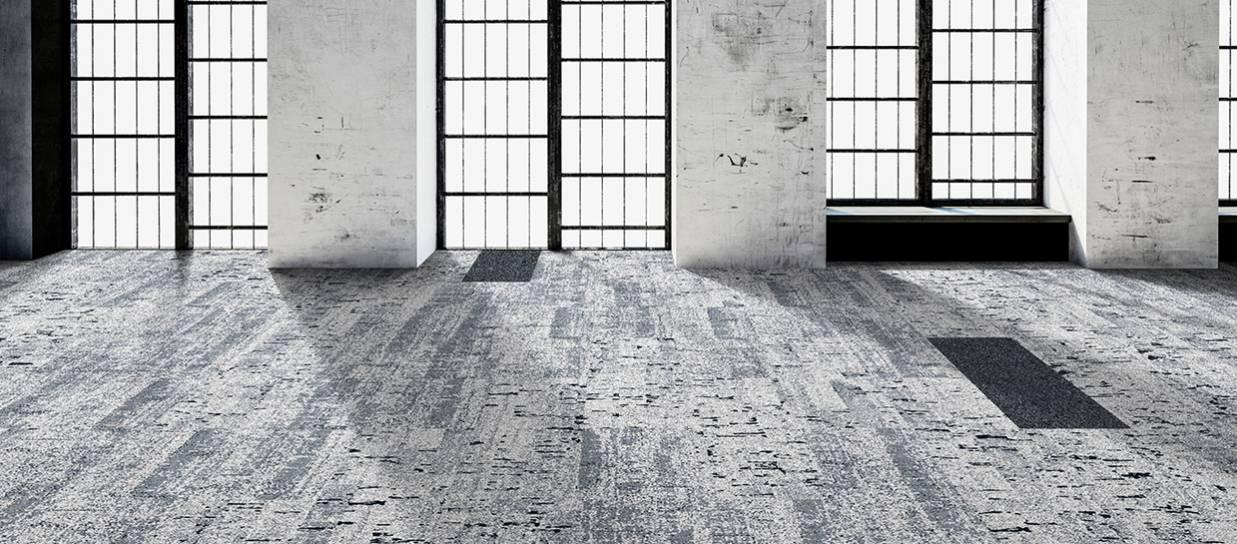|
If you’re looking to buy new carpet, you’re in good company. According to the trade journal “Floor Covering Weekly,” carpet accounts for more U.S. sales than all other flooring types combined.
With good reason: It’s inexpensive, easy to install and comes in hundreds of colors, textures and styles. Plus it’s soft and warm to the touch, and a good sound blocker. Got kids learning the trumpet? Carpet their room. With many types of carpet available, making a decision isn’t easy. Here’s a guide to get you started: Carpet Styles The two main types of carpet construction are defined by the way the carpet fibers are attached to their backing. Loop pile means the fibers are bent into little loops. It’s a very durable, stain-resistant carpeting, but has a low profile and limited cushioning. Within the loop pile family are: Level loop is also called Berber. This type of carpet features short loops that stand up well in high traffic areas. Multi-level loops mean the tops of the loops vary in height to give a carpet a patterned texture. Cut pile carpets cut the yarn tips so there aren’t any loops. Cut pile carpets tend to be denser and softer than loop pile. There are several types of cut pile: Plush has an even, smooth texture with a formal appearance. Saxony has a smooth finish, but the fibers are longer and twisted to give each fiber more body. It’s popular, but the longer fibers mean footprints linger and furniture creates dents. Textured cut pile has fibers of uneven lengths to create a rougher surface texture. Frieze carpet has long fibers and isn’t recommended for high traffic areas. In its most extreme form, it’s known as shag carpet. Cable has long, thick fibers and is very comfortable underfoot. Cut and loop is yet another type of carpet that has both cut pile and loop pile fibers and combines the best qualities of both. It’s good for hiding dirt and stains. Types of Carpet Fibers Carpet is made from various synthetic and natural fibers. Each has different characteristics. Nylon is the most popular. It’s durable and resistant to wear. It’s not good at fighting stains, so some varieties include a stain-resistant treatment. Olefin is resistant to moisture, mold, and mildew and makes a good carpet for basements and outdoors. It’s tougher than nylon, but not as comfortable to walk on. Acrylic is often used as an inexpensive alternative to wool. It’s not widely available. Wool is the premier carpeting and the only natural fiber made into carpets. It’s durable and stain-resistant, and it’s considered an ecofriendly floor covering. Judging Quality There’s no universal grading for carpet quality, so beware of manufacturer’s claims to offer one. Instead, consider weight and density. Weight indicates how many fibers are present in the carpet. The more fibers, the heavier the weight and the higher the quality of the carpet.Density shows how many fibers are in the pile and how closely packed the fibers are. The denser, the better. You can “field test” density with your fingers — if you can feel the carpet backing, the carpet won’t be very dense. Popular Misnomers Two types of area rugs that are commonly called “carpets” are Persian carpet and sisal carpet. Both have loop pile construction. Find out more… Source: https://www.diynetwork.com/how-to/rooms-and-spaces/floors/your-guide-to-the-different-types-of-carpet
0 Comments
Leave a Reply. |
MartyInstagram Archives
August 2023
Categories |
HoursM - Sat
9:00am - 5:00pm |
TelephoneDirect 714-312-6788
|
|



